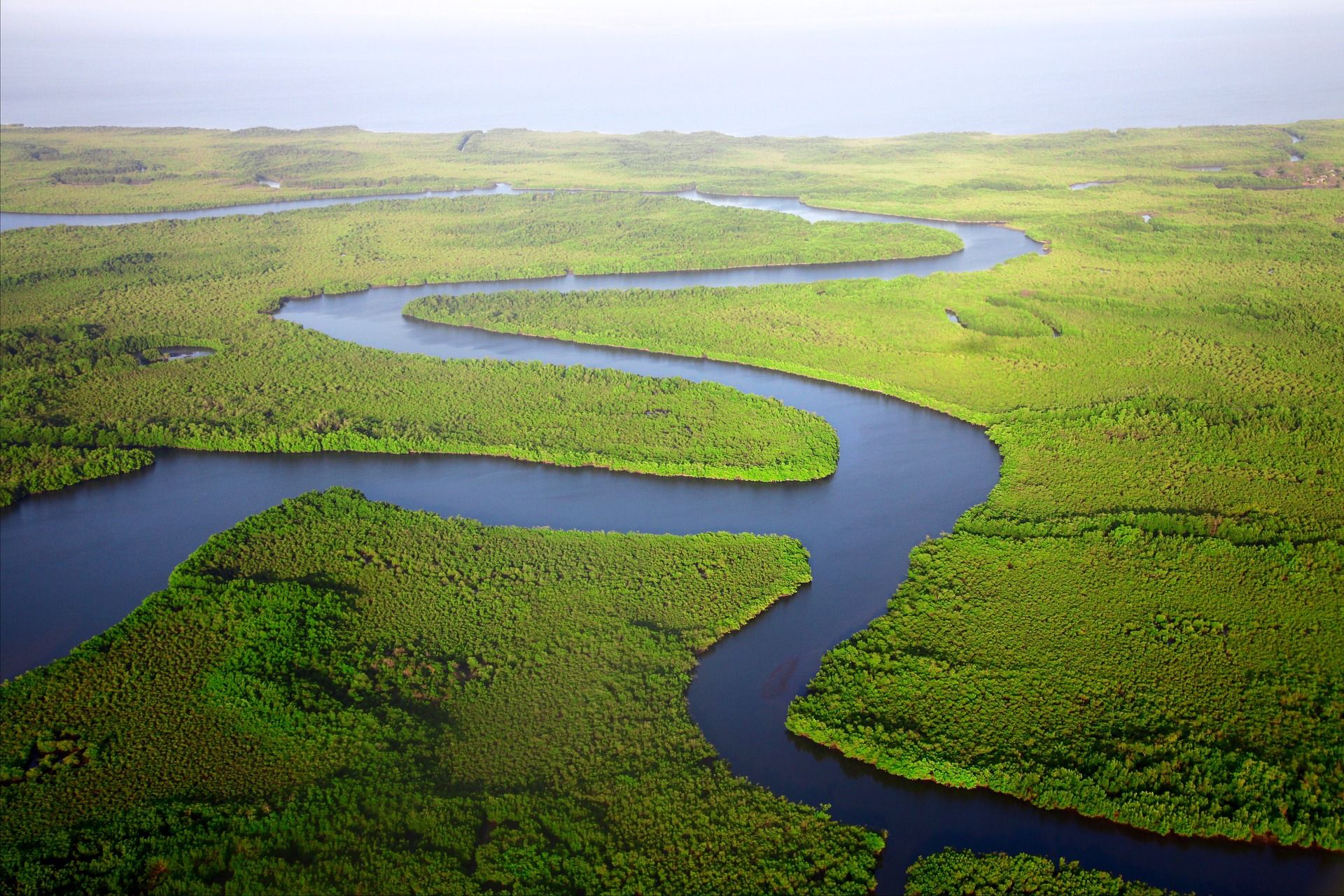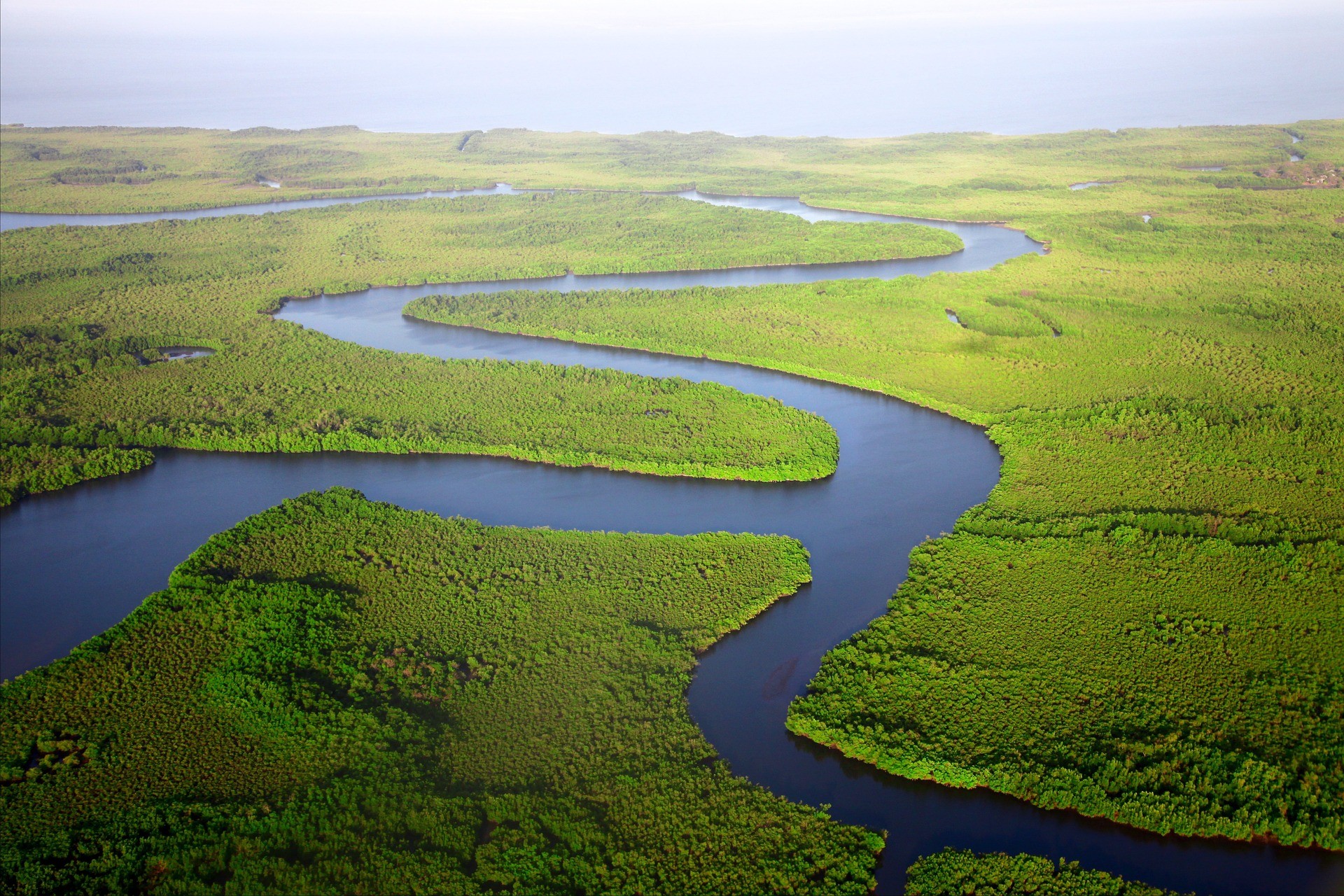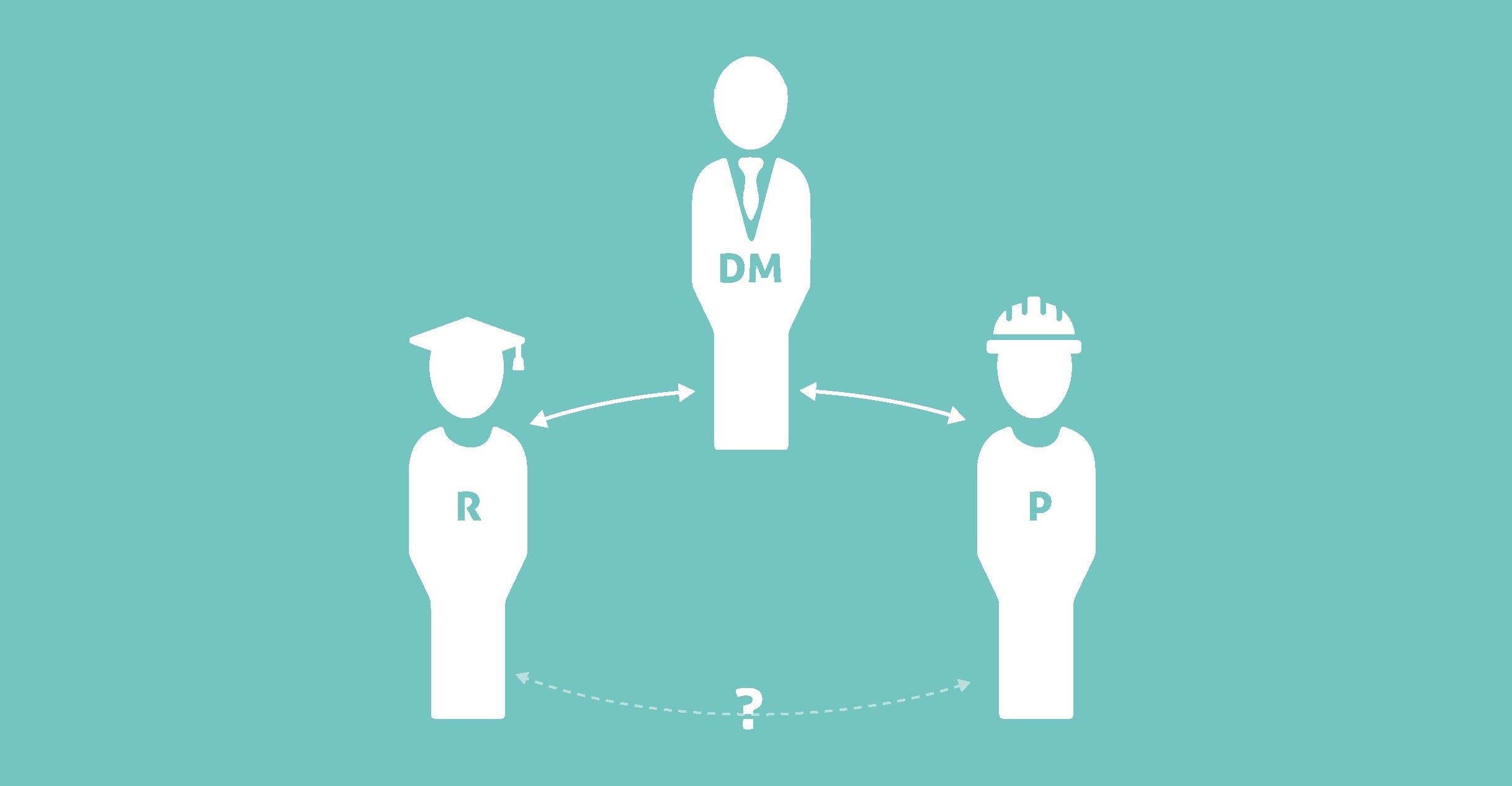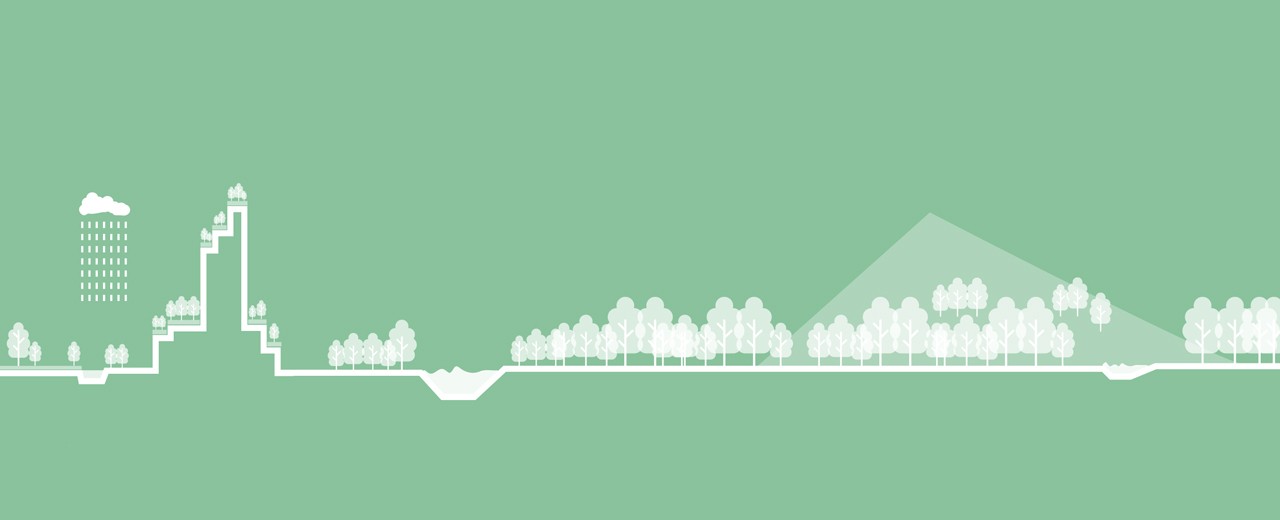

Roadmap to the BGI Manual
Bridging the knowledge gap of Blue Green Infrastructure
Oct 22, 2019

Blue Green Infrastructures (BGI) increase the resilience of urban and rural landscapes, integrating their core functions with natural features and processes. Hurdles exist in the process of translating BGI-related knowledge and data from science to practice, and a tool that facilitates this transfer is still missing. We conducted research in collaboration with a team of partner organizations (JNCC, IFLA Europe, BiodivERsA, and NRW) to pinpoint critical preliminary knowledge to design such a tool. We collected our key findings in a report downloadable on this page.
Blue-Green Infrastructures (BGI) are solutions rooted in principles of ecology and resilient design to issues stemming from unsustainable spatial planning. The design and management of such infrastructure aim to support a range of ecosystem services such as biodiversity enhancement, water purification, air quality, space for recreation, and climate mitigation and adaptation.
While the topic currently populates the academic and policy debate on the European level, hurdles exist in translating critical data on BGI from science to practice. Together with our partner organizations, we acknowledge the lack of a tool that facilitates transfer in an integrated this know-rated manner.
To address this deficit, we envision developing a practical guidance manual for BGI. The manual aims to support several target groups in enhancing their understanding of state-of-the-art knowledge on this infrastructure and addressing its practical application. The project aims to reach policymakers and decision-makers in regional and local area development, project managers responsible for delivering strategic infrastructure, designers, and construction managers.
We completed this preliminary research in collaboration with partners active in landscape architecture and biodiversity conservation.

Read through the details on the research in the extended version of the Report, together with the Executive Summary.

Preliminary research i.e., the intelligence phase, is the first step in the roadmap towards the manual. We completed this research in collaboration with partners active in landscape architecture and biodiversity conservation. The report, structured in 4 sub-sections, is the research outcome.
The analysis of current trends captures short, medium, and long-term phenomena that influence the knowledge production and implementation of BGI. Relevant environmental, social, and economic trends are investigated in this section to put these infrastructures and the applicable data into context.
Interviewing relevant actors in the field and mapping their mutual interactions gives a clearer understanding of how the knowledge-to-practice flow functions. This section investigates barriers and opportunities for streamlining the knowledge transfer, as perceived by three critical actors - researchers, decision-makers, and practitioners.

Precedents are based on retrieving valuable lessons on BGI's through case studies spanning real-life BGI and related digital platforms and tools. The scoped categories are methods (online platforms, guidelines, and digital tools dedicated to BGI-related data transfer) and solutions (case studies of physical infrastructures built on different scales (nano, micro, meso, macro).
The data builds on the previous sections and elaborates upon which data need to be transferred, and to which stakeholder the knowledge needs to be translated into practice. The identified data clusters are related to climate, water, geological and spatial dimensions, economy, biodiversity, and dimensions of human health and happiness.
Oct. 22, 2019
Director
Content specialist
Project Manager
Recycling Netwerk Benelux
Project Manager
Except Integrated Sustainability
Business Strategist
Except Integrated Sustainability